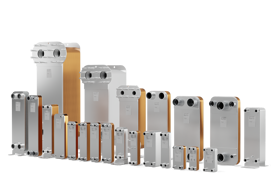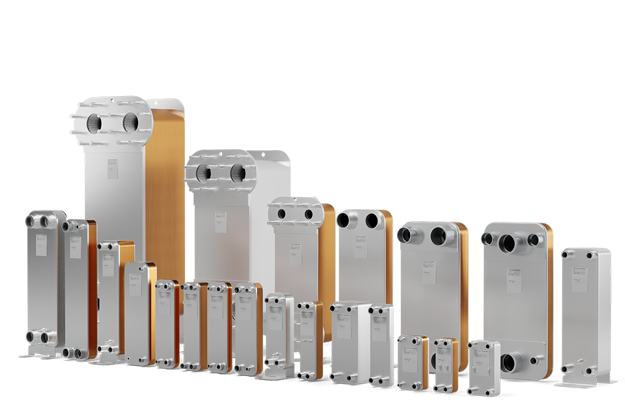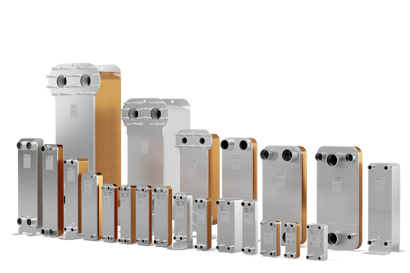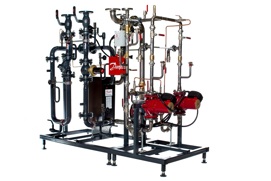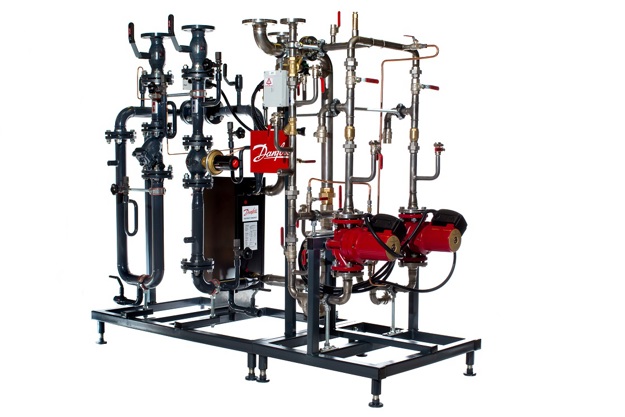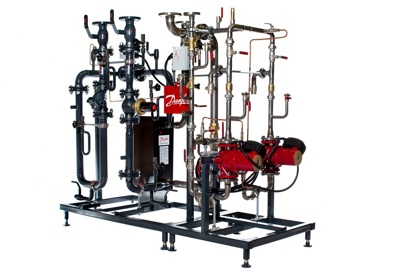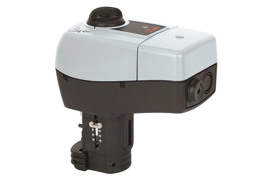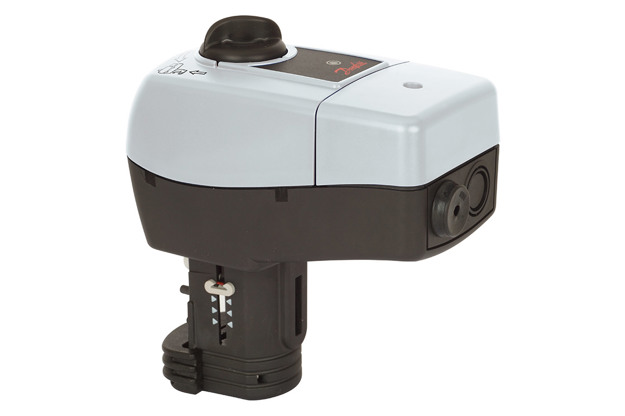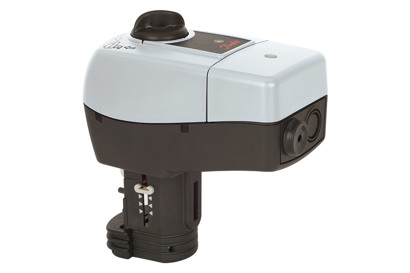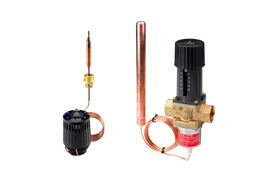Use of district heating equals higher individual comfort and energy efficiency
The basic principles behind district energy are remarkably simple. At one end of the network is an energy source (often a multi-fuel CHP plant). Heat is then distributed via a network of insulated pipes to residential, commercial and industrial buildings across the city.
At the end-user level, individual buildings are connected to the district heating network. In the building a substation with heat exchangers and various control components efficiently transfer hot water for room heating and domestic hot water (DHW) purposes into a building’s HVAC and DHW systems.
Choosing the right heat distribution system for a building (or network) is influenced by three main criteria:
- technical connection specifications;
- heat requirements of the building;
- comfort preferences of the building’s occupants.
The more accurately you can balance those needs, the better the service you will provide to your end-users and the more energy efficiency you will achieve. Both of these factors are good for your business.
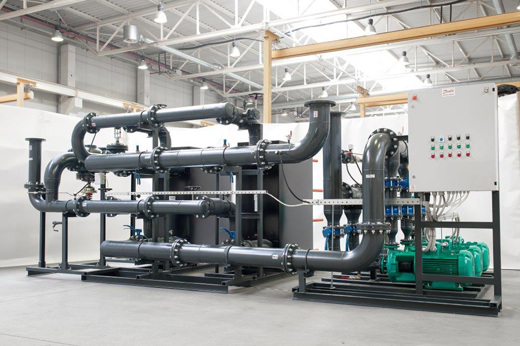
At Danfoss, we develop and produce all major components for our substations and flat stations in-house. Because we manufacture the key components ourselves, you will benefit from optimized heat transfer and system control performance. Pressure, differential pressure, temperature and flow are integrated and automatically controlled on nearly all Danfoss substations.
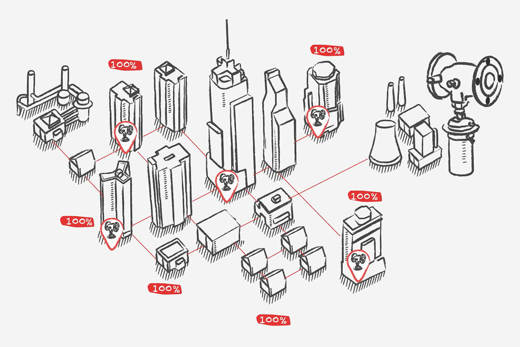
Controllers without auxiliary power, electronic controllers, motorized control valves and energy meters ensure maximum comfort and energy efficiency. They also enable integration into higher-level control and monitoring systems.
How we can help you
Wide product portfolio from flat stations to large site-specific heat transfer units and extensive range of control components
Consultancy and customer dedication, years of experience in buildings and maintaining district energy network
Innovation, technical optimization and performance
Safety and reliability in cooperation, expertise through the entire delivery chain of district energy
Global reach with strong local representation and know-how
Experience with all types of initial energy sources

Related products
-
if (isSmallPicture) {


 Brazed plate heat exchangers
Brazed plate heat exchangersThe performance of the Brazed Plate Heat Exchanger (BPHE) has been proven through 30 years of constant development, ensuring unparalleled efficiency for all applications.
-
if (isSmallPicture) {


 Energy transfer stations
Energy transfer stationsQuality Danfoss components are professionally fabricated into customized district energy transfer stations engineered by market leading experts for optimized energy efficiency.
-
if (isSmallPicture) {


 AB-QM™ Actuators
AB-QM™ ActuatorsA variety of complimentary actuators are available that work synergistically with the AB-QM™ valve, maximizing the balancing & control features of the valve. Select your actuator based on your desired control input features for your application.
-
if (isSmallPicture) {


 Self-acting temperature controllers
Self-acting temperature controllersThermostatic temperature controllers are used to control the flow temperature in instantaneous/storage domestic hot water and heating systems. In multi-family houses and commercial buildings, they are used for hot water systems and for return temperature limitation in district heating applications.

